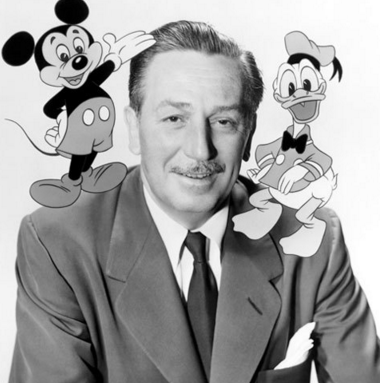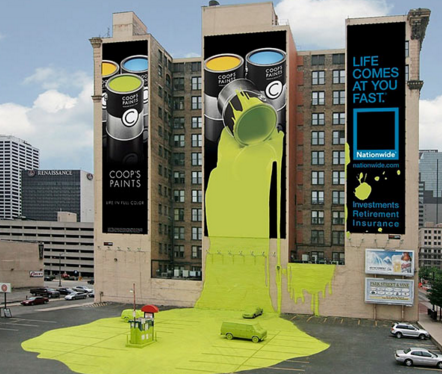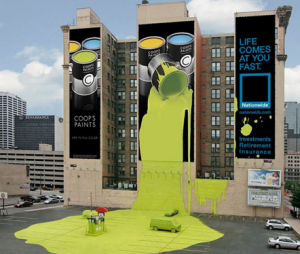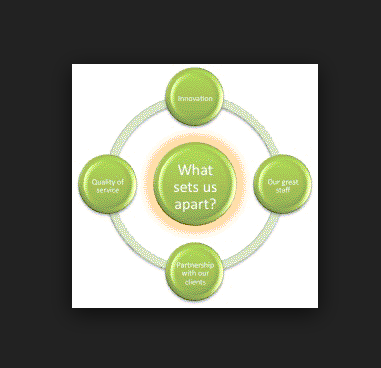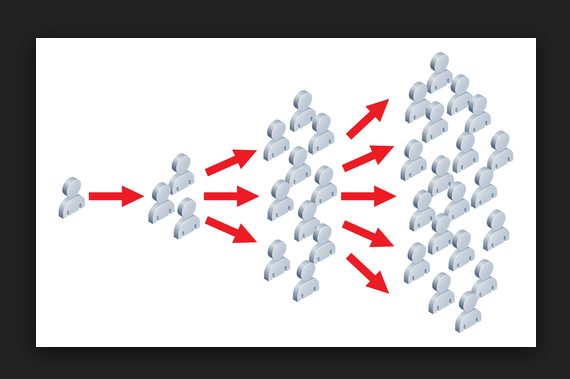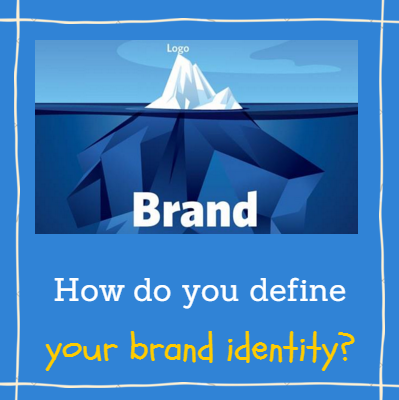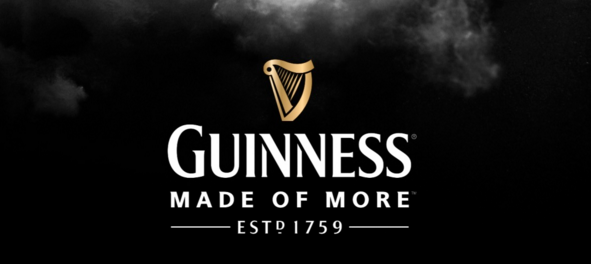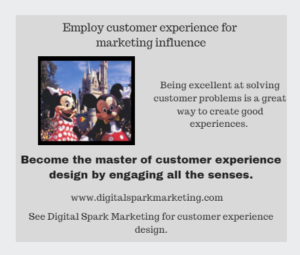Failure and persistence go hand in glove, don’t they? But not everyone can muster the success of these story examples of failure and persistence. We can all learn a ton from these examples and personalities. And when applied, these lessons can be the difference.
Ultimately, leadership is not about glorious crowning acts. It’s about keeping your team focused on a goal and motivated to do their best to achieve it, especially when the stakes are high and the consequences really matter. It is about laying the groundwork for others’ success, and then standing back and letting them shine.
Social media is like a bank account. You simply cannot withdraw more value than you deposit into your account! Too many people wrongly view social media as an auto-pilot cash cow, money tree, or limitless personal ATM. I assure you… it is not. It requires effort and careful planning, and you will only get out of it what you are willing to put into it.
A quick splash of value-free content will only produce quick and limited results at best. Just as Chinese food always leaves you hungry an hour later, quick social media splashes always leave you dying of thirst in a social media desert sooner rather than later.
Here is a short video on famous failures.
Story Examples of Failure … Tom Watson
Failure can often be the highway to success. Tom Watson Sr. (of IBM fame) said, “If you want to succeed, double your failure rate.” If you study history, you will find that all stories of success are also stories of great failures. But people don’t see the failures. They only see one side of the picture and they say that person had lots of luck on his side: “He must have been at the right place at the right time.”
I spent the first 17 years of my career at IBM before they sold the division I worked in. I learned a great deal about Tom Watson in those years. He was an awesome example of persistence in both business and life.
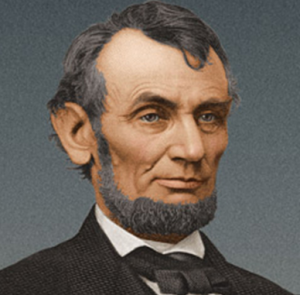
Abraham Lincoln
There is probably no better example of failure and persistence that I know of. Let me share Lincoln’s life history with you. This was a man who failed in business at the age of 21 ; was defeated in a legislative race at age 22; failed again in business at age 24; overcame the death of his sweetheart at age 26; had a nervous breakdown at age 27; lost a congressional race at age 34; lost a senatorial race at age 45; failed in an effort to become vice-president at age 47; lost a senatorial race at age 49; and was elected president of the United States at age 52.
Would you dare call him a failure? He could have quit anywhere along the line. But to Lincoln, defeat was a detour and not a dead end. And a great source of learning.
Story Examples of Failure … Colonel Sanders
Colonel Sanders, at age 65, with a beat-up car and a $100 check from Social Security, realized he had to do something. He remembered his mother’s recipe and went out selling. How many doors did he have to knock on before he got his first order? It is estimated that he had knocked on more than a thousand doors before he got his first order.
How many of us quit after three tries, ten tries, a hundred tries, and then we say we tried as hard as we could? Quite a lesson of persistence for us all, isn’t it?
Another story for you: Great Stories and Storytelling Can Have a Very Healing Influence
Wright Brothers
A New York Times editorial on December 10, 1903, questioned the wisdom of the Wright Brothers who were trying to invent a machine, heavier than air that would fly. One week later, at Kitty Hawk, the Wright Brothers took their famous flight.
Walt Disney.
Walt Disney
As a young cartoonist, Walt Disney faced many rejections from newspaper editors, who said he had no talent. Even fired from one who told him he lacked imagination and original ideas.
One day a minister at a church hired him to draw some cartoons. Disney was working out of a small mouse infested shed near the church. After seeing a small mouse, he was inspired. That was the start of Mickey Mouse.
How many people would have received the spark of inspiration from that source? Not many I’m afraid.
W. Clement Stone
Have you ever heard of W. Clement Stone, the fantastic self-builder model? He was just 3 when his father died, leaving nothing but gambling debts and his wife and son in poverty. At age 6, he was selling newspapers on the street to help support his family.
He frequently told the story of his early business life which started with the selling of newspapers in restaurants. At the time, this was a very novel thing to do, which deviated dramatically from the normal practice of young boys hawking newspapers on street corners.
This story showed the persistence, style and initiative of Stone … one that would stay with him for his entire very successful career.
Eminem
Marshall Bruce Mathers III better known by his stage name Eminem is an American rapper and record producer.
Rolling Stone magazine ranked him 82nd on its list of The 100 Greatest Artists of All Time.
A high school dropout whose personal struggles with drugs and poverty culminated in an unsuccessful suicide attempt. Having persistence and failure is not easy, is it?
Lee De Forest
In 1913, Lee De Forest, inventor of the triodes tube, was charged by the district attorney for using fraudulent means to mislead the public into buying stocks of his company by claiming that he could transmit the human voice across the Atlantic. He was publicly humiliated.
Can you imagine where we would be without his invention?
Thomas Edison
One day a partially deaf four year old kid came home with a note in his pocket from his teacher, “Your Tommy is too stupid to learn, get him out of the school.” His mother read the note and answered, “My Tommy is not stupid to learn, I will teach him myself.”
And that Tommy grew up to be the great Thomas Edison. Thomas Edison had only three months of formal schooling and he was partially deaf.
The bottom line
Do you consider any of these people failures? They succeeded in spite of problems, not in the absence of them. But to the outside world, it appears as though they just got lucky.
“I knew that if I failed I wouldn’t regret that, but I knew the one thing I might regret is not trying.”
For some reason, many of us have been conditioned to be more afraid of failure than we are of inaction. However, failure, in addition to being inherently valuable as a learning process, contains within it the chance of success. And no matter how small that chance is, it’s better than the chances of success when we choose not to even try.
Successful people don’t do great things, they only do small things in a great way.
All success stories are stories of great failures. The only difference is that every time they failed, they bounced back. This is called failing forward, rather than backward. You learn and move forward. Learn from your failure and keep up your persistence.

